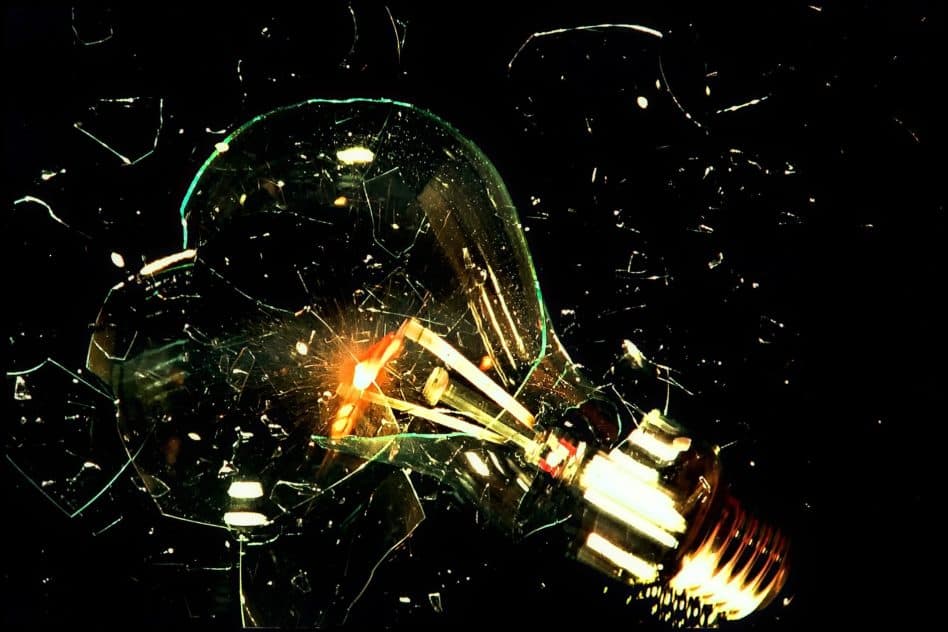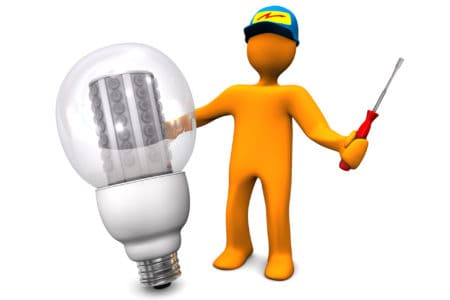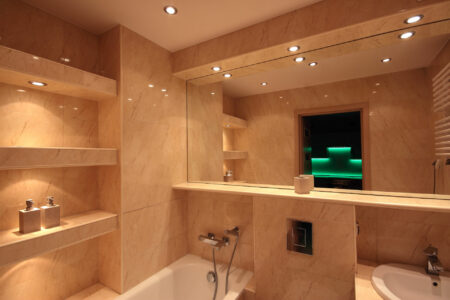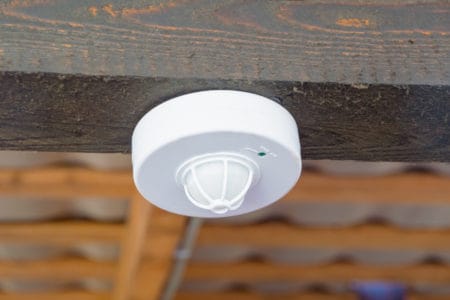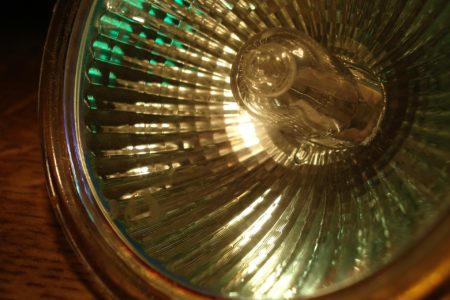LEDs are known to have a long lifespan. But while it may take years before your LED bulbs degrade, some disastrous things can happen to it now, like a bulb explosion. LED bulb explosions are highly improbable. Yet, there are a few cases when this happens. Electrical and thermal stress which are caused by faulty capacitors, voltage surges and poor heat dissipation can make your bulb explode.
Why do light bulbs explode?
Most light bulbs explode when they become too hot. When light is emitted using a filament within a glass vacuum, it produces great amounts of heat. When there is too much heat, the sealant around the bulb’s base will melt and makes the gas escape. A bulb explosion is the result of the pressure change within the bulb.
But this is not true with LED bulbs since it has a different way of emitting light through a semiconductor. This is why it is extremely rare for an LED bulb to explode.
Why would an LED bulb explode?
Electrical stress and thermal stress are the two main causes of an LED bulb explosion.
What is electrical stress?
In the back of an LED bulb is a small electrical circuit. To operate, the LED needs 2 to 4 volts of electricity. But an outlet on a household wall provides an average voltage of 120 V. So, this poses a problem. Many LED bulbs use a capacitor to enable the voltage to drop to a usable level before it is fed to the individual LED elements. In this kind of environment the capacitor is highly stressed and can become faulty in rare cases.
In case of a voltage fluctuation, it is possible for the capacitor to accidentally let the full current flow through the LED. Even if it happens for just a fraction of a second, this will make the LED explode. This event is called an electrical overstress. It usually happens when the capacitor used in the LED is a low-quality one. Cheap LEDs with materials that are of low-quality cannot tolerate electrical surges. The capacitor in this scenario failed.
What is thermal stress?
Thermal stress is the inability of the LEDs to disperse heat. This happens when too much electrical current is driven into the LED, even for just a fraction of a second. When the bulb holds the heat in too much, it causes expansion of the structure of the semiconductor material if the heat is not dispersed. Since the bulb doesn’t expand, the pressure is built up inside the LED which causes a short circuit. The bulb then fails and explodes.
All the energy stored up pressing against the inside of the bulb is then rapidly dissipated in the form of sound waves and kinetic energy. It produces a popping sound and bits of plastic are thrown about the room. Heat is the enemy of LEDs. This is the reason why you can find heat sinks and other heat dissipation devices in most LED fixtures.
What happens when LEDs explode?
Whether the explosion is from electrical stress or thermal stress, you will hear a loud popping sound with broken pieces of plastic being thrown about. The good thing is that most LED bulbs are made from epoxy resin or shatterproof glass. Although the bulb cracks, it does not shatter into bits of sharp shards like glass does. This makes it a lot safer and easier to clean up.
Can LEDs explode in enclosed fixtures?
When LEDs are used in enclosed fixtures, it can be a potential problem because of the heat that it gives off.
What is an enclosed fixture?
An enclosed fixture is unlike an open-air fixture, where there is room for the light to breathe. In an enclosed fixture, the source of light is sealed in a plastic or glass container where there is no airflow. This is mostly used to protect the circuit underneath or to keep water out to prevent it from getting water damaged.
Can LEDs explode in an enclosed fixture?
When airflow is lacking, heat build-up is faster. If heat is not dissipated, the LED can fail either gradually or through a thermal stress explosion. Heat that does not spread out, goes back. So, more heat is being passed along the LED bulb itself. Although it is quite unlikely that the LED will explode, it can overheat and lose its efficiency over time.
What is the solution for enclosed fixtures?
Many manufacturers have sought to solve this problem of LEDs for enclosed fixtures. It is now possible to purchase LEDs that are marked enclosed fixture rated. Another area where researchers have come up with a way of improving the reliability of LED bulbs is by focusing on improving the heat dissipation of LED structures. With heat dissipation, heat accumulation and the raising of temperature within the LED will be prevented.
Now, you can find LED light fixtures that are fine to use in enclosed fixtures. These bulbs are designed for use in encasements that are tightly fixed without overheating. This technology uses heat sinks at the base of the bulb. It draws heat to one area and keeps the electronics relatively cool. Another alternative for putting LED bulbs in enclosed fixtures are integrated LED light fixtures.
These will last longer and don’t use much power in the process. Otherwise you must use quality LED bulbs for your fixtures. Choose products sold by reliable and reputable manufacturers. These products are tested for safety so LED bulb explosions are extremely uncommon.
Can LED lights cause fire?
This is very unlikely to happen with standard LED lights for home use. LEDs do not produce so much heat that can start a fire. But it is good to be careful with cheap LEDs which often contain electrical components of bad quality.
Conclusion
When there is too much electrical or thermal stress, your LED bulb can explode. This can be caused by voltage surges or heat accumulation. LED bulb explosions happen more often with cheap low-quality LEDs. With good quality LED lights heat dissipation is efficiently managed which makes a bulb explosion unlikely to happen. But even though LED bulbs may fail in rare cases, they are still a much better choice than incandescent bulbs.
